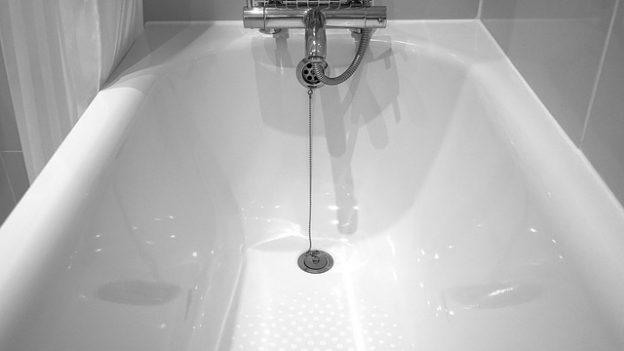Composite baths are a popular choice for homeowners due to their durability, versatility, and aesthetic appeal. However, like any other fixture in your home, composite baths are susceptible to wear and tear over time. From small chips and cracks to more significant damage, it is essential to address these issues promptly to ensure the longevity and functionality of your bath. In this article, we will explore the process of composite bath repair, discussing various techniques and considerations involved.
Understanding Composite Baths
Composite baths are made from a combination of materials, including resins, fiberglass, and other reinforcing agents. This composition gives them excellent strength, resistance to stains and scratches, and a smooth, glossy finish. However, despite their durability, composite baths can still experience damage due to accidents, age, or improper maintenance.
Common Types of Damage
1.Chips and cracks: Over time, composite baths can develop small chips or cracks due to impacts or heavy objects being dropped on the surface. These issues not only compromise the aesthetics of the bath but can also lead to further damage if left unattended.
2. Stains and discoloration: Continuous exposure to chemicals, harsh cleaning agents, and hard water can cause composite baths to develop stains and discoloration. These issues can be particularly stubborn and affect the overall appearance of the bath.
3. Surface scratches: While composite baths are generally resistant to scratches, abrasive materials or improper cleaning techniques can still leave marks on the surface. Surface scratches not only detract from the bath’s visual appeal but also make it more susceptible to further damage.
Composite Bath Repair Techniques
1. Minor chip and crack repair: For minor chips and cracks, there are DIY repair kits available in the market specifically designed for composite baths repair. These kits usually contain a filler material, color pigments, and a finishing gel coat. The process involves cleaning the damaged area, applying the filler, blending it with the surrounding surface, and finally, applying the finishing gel coat to match the bath’s original color and texture.
2. Major chip and crack repair: In the case of larger or more severe damage, it is advisable to seek professional assistance. Bath repair experts have the knowledge, skills, and tools required to repair major chips and cracks effectively. They may use advanced techniques such as bonding agents, fiberglass reinforcement, and professional-grade filler materials to restore the bath’s integrity and appearance.
3. Stain removal: Removing stubborn stains and discoloration from a composite bath can be challenging. However, there are several methods you can try before considering more extensive repairs. One common approach involves creating a paste using baking soda and water, applying it to the stained area, and gently scrubbing with a soft cloth or sponge. Another option is to use a specialized composite bath cleaner or a mixture of vinegar and water. It is crucial to follow the manufacturer’s instructions and test any cleaning solution on a small, inconspicuous area before applying it to the entire bath.
4. Scratch repair: Superficial scratches on a composite bath can often be buffed out using a fine-grit sandpaper or a polishing compound specifically formulated for composite materials. The process involves gently sanding the scratched area in a circular motion, gradually smoothing the surface until the scratches are no longer visible. Afterward, applying a protective wax or polish can help restore the bath’s shine and provide additional protection against future damage.
Preventive Maintenance
Taking proactive measures to maintain the condition of your composite bath can help minimize the need for repairs and extend its lifespan. Here are some preventive maintenance tips:
1. Avoid abrasive materials: Use non-abrasive cleaning tools and products when cleaning your bath. Avoid scrubbing with rough sponges, steel wool, or harsh chemicals that
can cause damage to the surface.
2. Use proper cleaning techniques: Follow the manufacturer’s guidelines for cleaning your composite bath. Use mild, non-abrasive cleaners or those specifically formulated for composite materials. Rinse the bath thoroughly after each use to remove any soap residue or chemicals that may cause stains or discoloration over time.
3. Protect the surface: Use a bath mat or a non-slip surface to protect the bottom of the bath from scratches caused by metal objects or rough footwear. Avoid placing heavy or sharp objects directly on the bath’s surface to prevent potential damage.
4. Regular inspections: Periodically inspect your composite bath for any signs of damage or wear. Promptly address minor issues before they escalate into more significant problems.
Conclusion
Composite bath repair is a necessary process to restore the functionality and appearance of your bath. Whether dealing with chips, cracks, stains, or scratches, understanding the appropriate repair techniques and taking preventive maintenance measures can help prolong the life of your composite bath. Remember, for significant damage, it is advisable to seek professional assistance to ensure a thorough and reliable repair job. By following these guidelines, you can enjoy a beautiful, functional composite bath for years to come.
